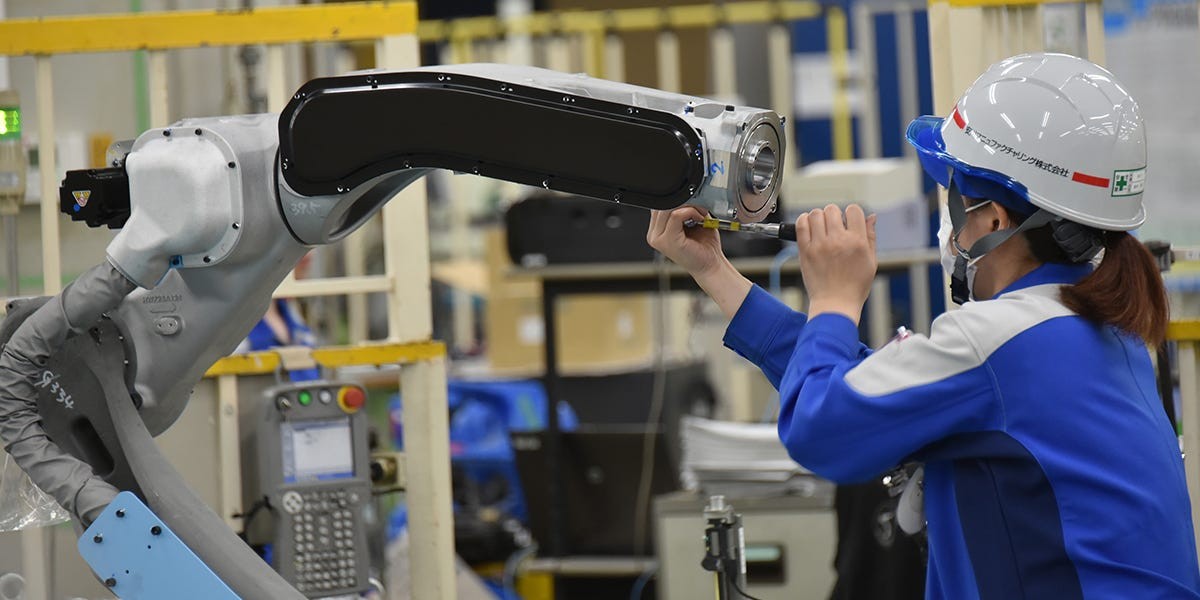
Despite rapid advances in artificial intelligence and growing concerns about workforce automation, evidence suggests that human labor will retain its value even in a world with artificial general intelligence (AGI). Historical patterns and economic principles point to a more nuanced future than complete labor displacement.
For over 200 years, through multiple technological revolutions, labor's share of GDP has remained remarkably stable at 50-60%. This consistency has persisted despite continuous automation of human tasks since the Industrial Revolution. While AI represents a powerful new wave of automation, several economic forces help preserve labor's value.
When automation increases productivity in one sector, it creates new opportunities elsewhere. As goods become cheaper to produce, consumer demand rises across the economy, including in labor-intensive industries. The printing press, for instance, automated book production but led to more authors being employed overall due to increased demand for written content.
"The fear that machines will make human labor obsolete has existed for centuries," notes economic historian David Ricardo. "Yet historically, automation has transformed rather than eliminated the role of human workers."
Productivity gains from automation also tend to complement human capabilities rather than purely substitute for them. When businesses invest in new technology, workers become more productive with access to better tools. The rise of computers initially displaced some workers but created far more jobs for people working alongside the new technology.
Even with AGI, humans would likely retain comparative advantages in certain tasks, similar to how low-skilled workers still find employment despite competing with more capable workers. Just as human geniuses face constraints that create opportunities for others, AGI systems would have their own limitations and specializations.
The economy has already absorbed massive increases in available human intelligence through population growth and globalization without devaluing average workers. This suggests that adding AGI to the labor force would lead to specialization and trade rather than wholesale replacement of human labor.
While AGI will certainly transform many industries and occupations, historical precedent and economic principles indicate that human work will continue to command significant value. The future likely holds a complex interplay between human and artificial capabilities rather than the obsolescence of human labor.